The Global Exploration Strategy is a blueprint for understanding space policy today.
15 years ago, the Global Exploration Strategy set out the space policy agenda on course to put humans back on the Moon as soon as possible.
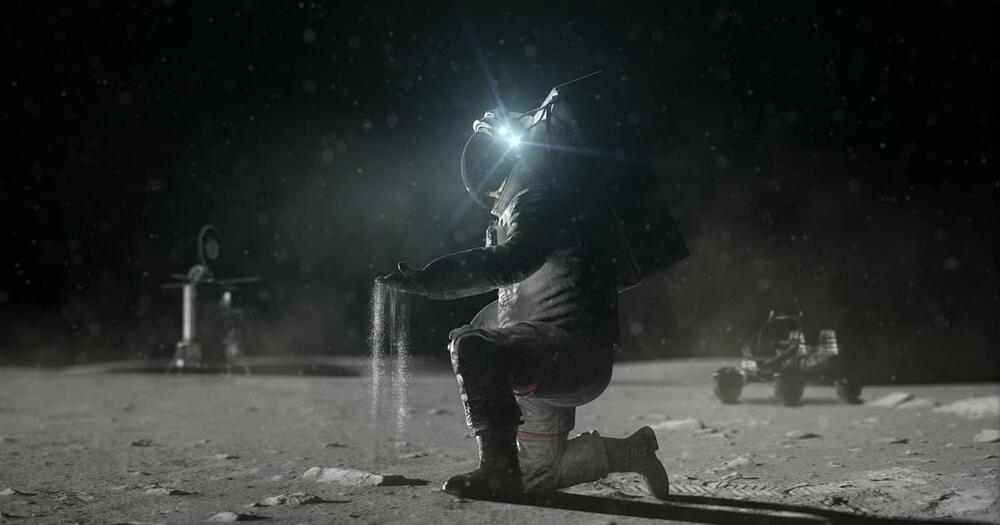
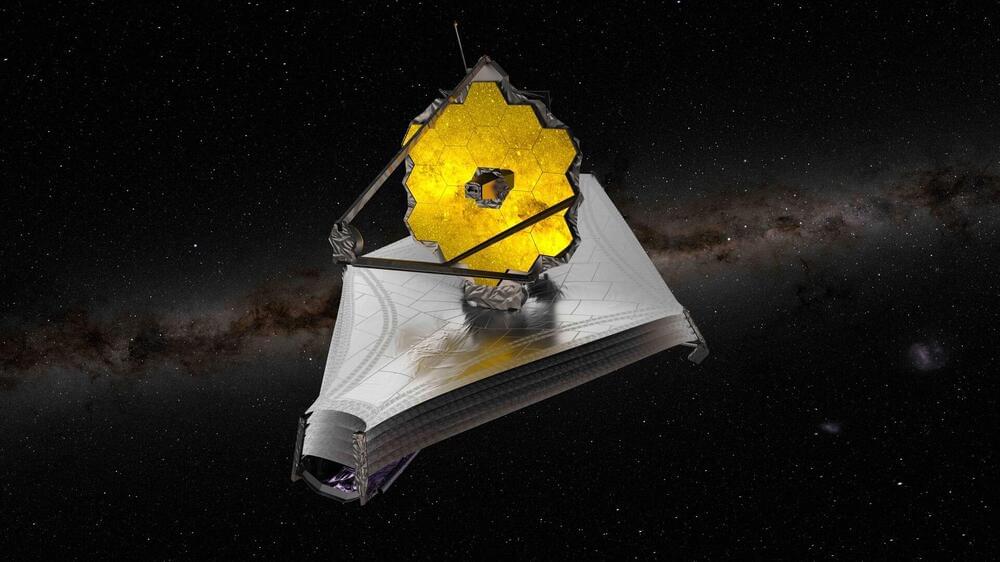
After the launched, we’ll get our first look at full-color images captured by the telescope. The European Space Agency says the imagery and first spectroscopic data on July 12th.
“The release of Webb’s first full-color images will offer a unique moment for us all to stop and marvel at a view humanity has never seen before,” Webb deputy program director Eric Smith said. “These images will be the culmination of decades of dedication, talent, and dreams — but they will also be just the beginning.”
JWST required several months of preparation before starting science work. The process included to its operating temperature, calibrating instruments and aligning the mirrors. The ESA, NASA, the Canadian Space Agency and the Space Telescope Science Institute (STSci) spent over five years figuring out what Webb should capture first in order to show off what the observatory can do.
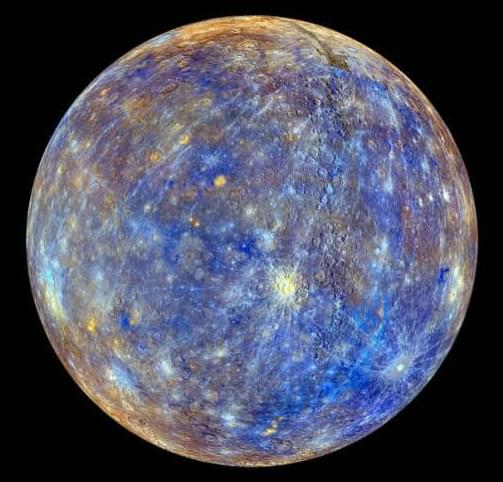

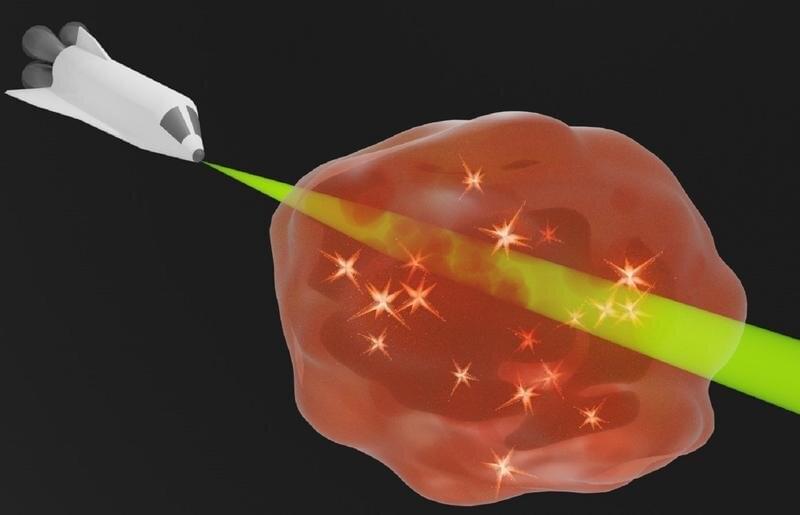
Space, the final frontier. The starship Enterprise pursues its mission to explore the galaxy, when all communication channels are suddenly cut off by an impenetrable nebula. In many episodes of the iconic TV series, the valiant crew must “tech the tech” and “science the science” within just 45 minutes of airtime in order to facilitate their escape from this or a similar predicament before the end credits roll. Despite spending a significantly longer time in their laboratories, a team of scientists from the University of Rostock has succeeded in developing an entirely new approach for the design of artificial materials that can transmit light signals without any distortions by means of precisely tuned flows of energy. They have published their results in Science Advances.
“When light spreads in an inhomogeneous medium, it undergoes scattering. This effect quickly transforms a compact, directed beam into a diffuse glow, and is familiar to all of us from summer clouds and autumn fog alike,” Professor Alexander Szameit of the Institute for Physics at the University of Rostock describes the starting point of his team’s considerations. Notably, it is the microscopic density distribution of a material that dictates the specifics of scattering. Szameit continues, “The fundamental idea of induced transparency is to take advantage of a much lesser-known optical property to clear a path for the beam, so to speak.”
This second property, known in the field of photonics under the arcane title of non-Hermiticity, describes the flow of energy, or, more precisely, the amplification and attenuation of light. Intuitively, the associated effects may seem undesirable—particularly the fading of a light beam due to absorption would seem highly counterproductive to the task of improving signal transmission. Nevertheless, non-Hermitian effects have become a key aspect of modern optics, and an entire field of research strives to harness the sophisticated interplay of losses and amplification for advanced functionalities.
A novel algorithm developed by University of Washington researchers to discover asteroids in the solar system has proved its mettle. The first candidate asteroids identified by the algorithm — known as Tracklet-less Heliocentric Orbit Recovery, or THOR — have been confirmed by the International Astronomical Union’s Minor Planet Center.
The Asteroid Institute, a program of B612 Foundation, has been running THOR on its cloud-based astrodynamics platform — Asteroid Discovery Analysis and Mapping, or ADAM — to identify and track asteroids. With confirmation of these new asteroids by the Minor Planet Center and their addition to its registry, researchers using the Asteroid Institute’s resources can submit thousands of additional new discoveries.
“A comprehensive map of the solar system gives astronomers critical insights both for science and planetary defense,” said Matthew Holman, dynamicist and search algorithm expert at the Center for Astrophysics | Harvard & Smithsonian and the former director of the Minor Planet Center. “Tracklet-less algorithms such as THOR greatly expand the kinds of datasets astronomers can use in building such a map.”
Astronomers have used a cloud-based technique pioneered at the University of Washington to identify and track asteroids in bunches of a hundred or more. Their achievement could dramatically accelerate the quest to find potentially threatening space rocks.
The technique makes use of a cloud-based, open-source analysis platform known as Asteroid Discovery Analysis and Mapping, or ADAM; plus a recently developed algorithm called Tracklet-less Heliocentric Orbit Recovery, or THOR. The THOR algorithm was created by Joachim Moeyens, an Asteroid Institute Fellow at UW; and Mario Juric, director of UW’s DiRAC Institute.
Teaming up ADAM and THOR may sound like a cross between a Bible story and a Marvel comic, but this dynamic duo’s superpower is strictly scientific: When ADAM runs the THOR algorithm, the software can determine the orbits of asteroids, even previously unidentified asteroids, by sifting through any large database of astronomical observations.
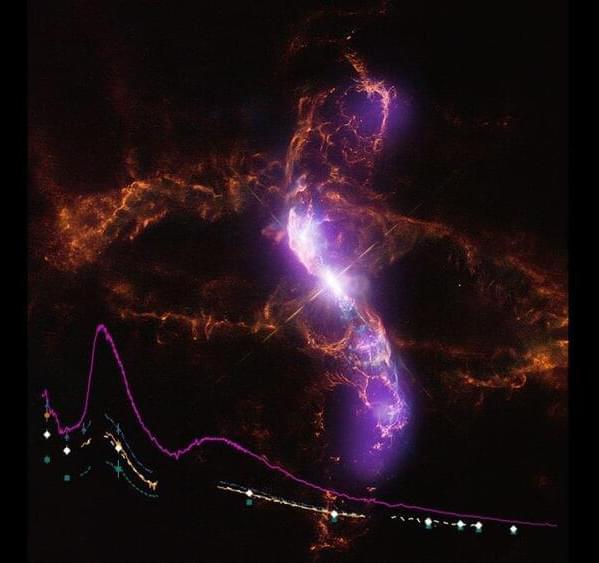
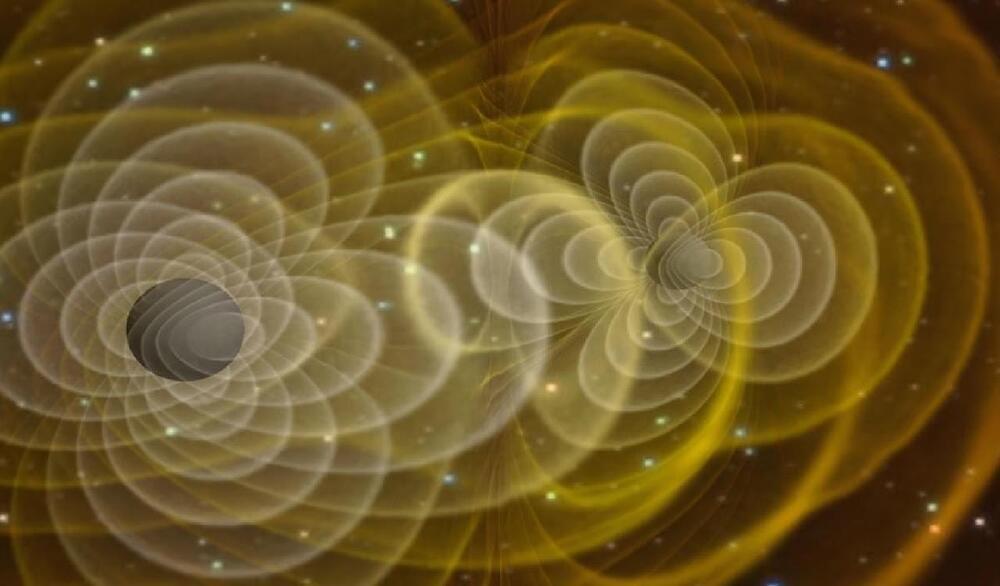
Gravitational-wave scientists propose new method to refine the Hubble Constant—the expansion and age of the universeA team of international scientists, led by the Galician Institute of High Energy Physics (IGFAE) and the ARC Centre of Excellence for Gravitational Wave Discovery (OzGrav), has proposed a simple and novel method to bring the accuracy of the Hubble constant measurements down to 2% using a single obse…
Gravitational wave scientists from The University of Western Australia have led the development of a new laser mode sensor with unprecedented precision that will be used to probe the interiors of neutron stars and test fundamental limits of general relativity.
The observable Universe is 92 billion light-years in diameter. These pictures put just how large that is in perspective.